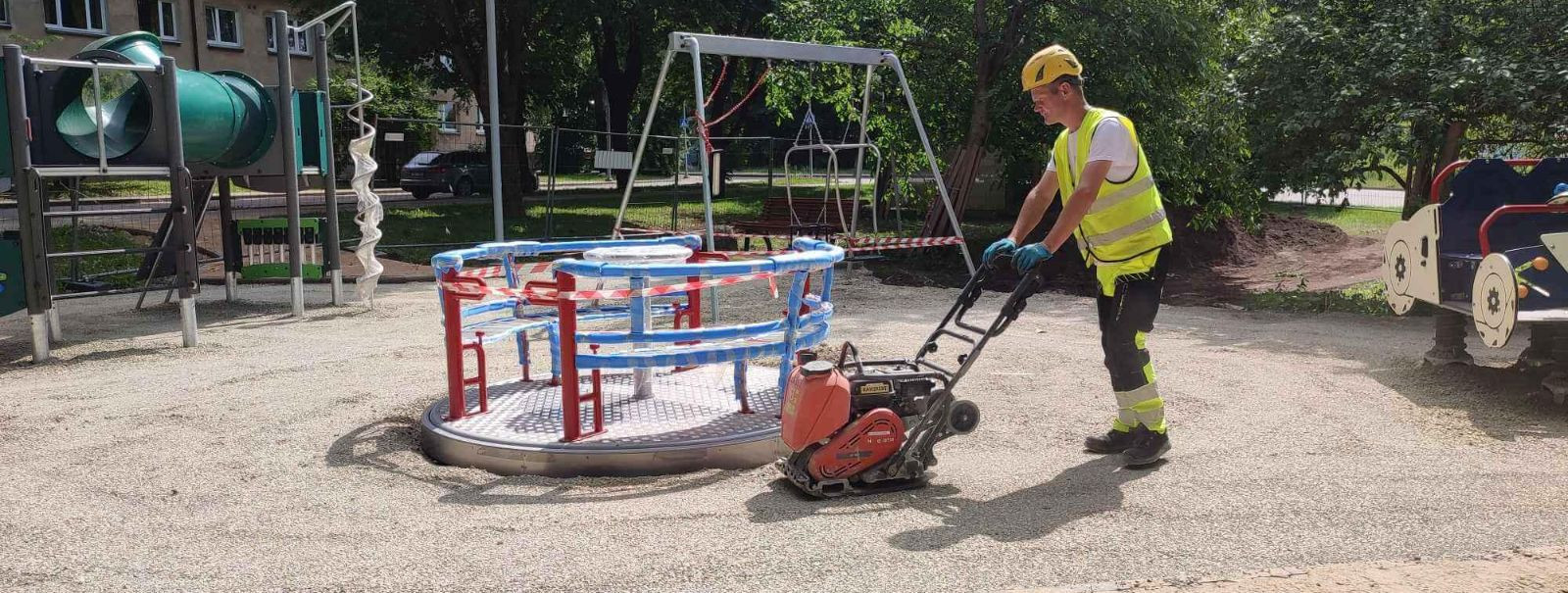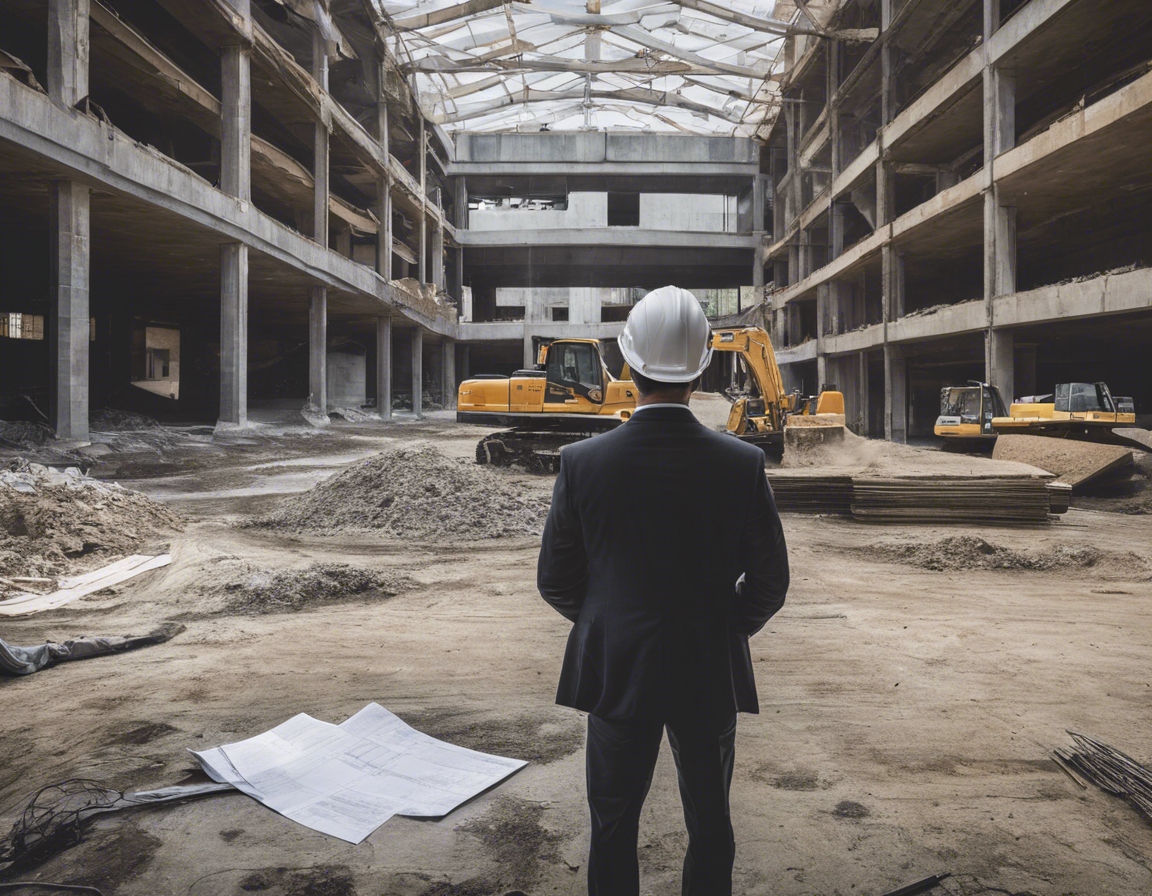5 essential safety measures in construction
Construction sites are inherently hazardous environments, with a unique set of risks and challenges. Ensuring the safety of workers and the public is not just a legal obligation but a moral imperative. A robust safety culture minimizes risks, reduces downtime, and fosters a productive work atmosphere.
According to industry reports, construction accounts for a significant percentage of workplace injuries and fatalities worldwide. These statistics highlight the critical need for stringent safety measures in the construction sector.
Comprehensive Safety Training
All new workers must undergo thorough safety inductions that cover site-specific hazards, safety policies, and emergency procedures. This foundational knowledge is crucial for fostering a safety-first mindset from day one.
Continuous education on safety best practices and regulatory updates ensures that workers remain informed and vigilant. Regular training sessions can significantly reduce the likelihood of accidents and injuries.
Personal Protective Equipment (PPE)
Personal Protective Equipment is the first line of defense against on-site hazards. Hard hats, safety glasses, high-visibility clothing, and steel-toed boots are among the essential items that protect workers from injury.
Proper usage and regular maintenance of PPE are as important as the equipment itself. Workers must be trained to inspect, wear, and care for their PPE correctly to ensure its effectiveness.
Site Safety Inspections and Audits
Regularly scheduled inspections and audits are vital for identifying potential hazards before they lead to accidents. These inspections should be thorough and cover all aspects of the construction site.
When inspections reveal safety concerns, immediate corrective actions must be taken. Ensuring compliance with safety standards is a continuous process that requires diligence and commitment from all stakeholders.
Emergency Preparedness and Response Plans
Every construction site should have a comprehensive emergency response plan tailored to its specific risks. These plans should be easily accessible and clearly outline roles and responsibilities during an emergency.
Regular training and practice drills ensure that workers are prepared to respond effectively in an emergency. Drills help to identify weaknesses in the emergency plan and provide opportunities for improvement.
Utilization of Technology for Safety
Technological advancements, such as wearable devices and safety management software, are revolutionizing construction safety. These tools provide real-time monitoring and data analysis to prevent accidents and enhance safety protocols.
Incorporating cutting-edge technology into safety measures allows for better hazard detection, improved communication, and streamlined safety management. Embracing these innovations can lead to a safer and more efficient construction site.






Comments (0)